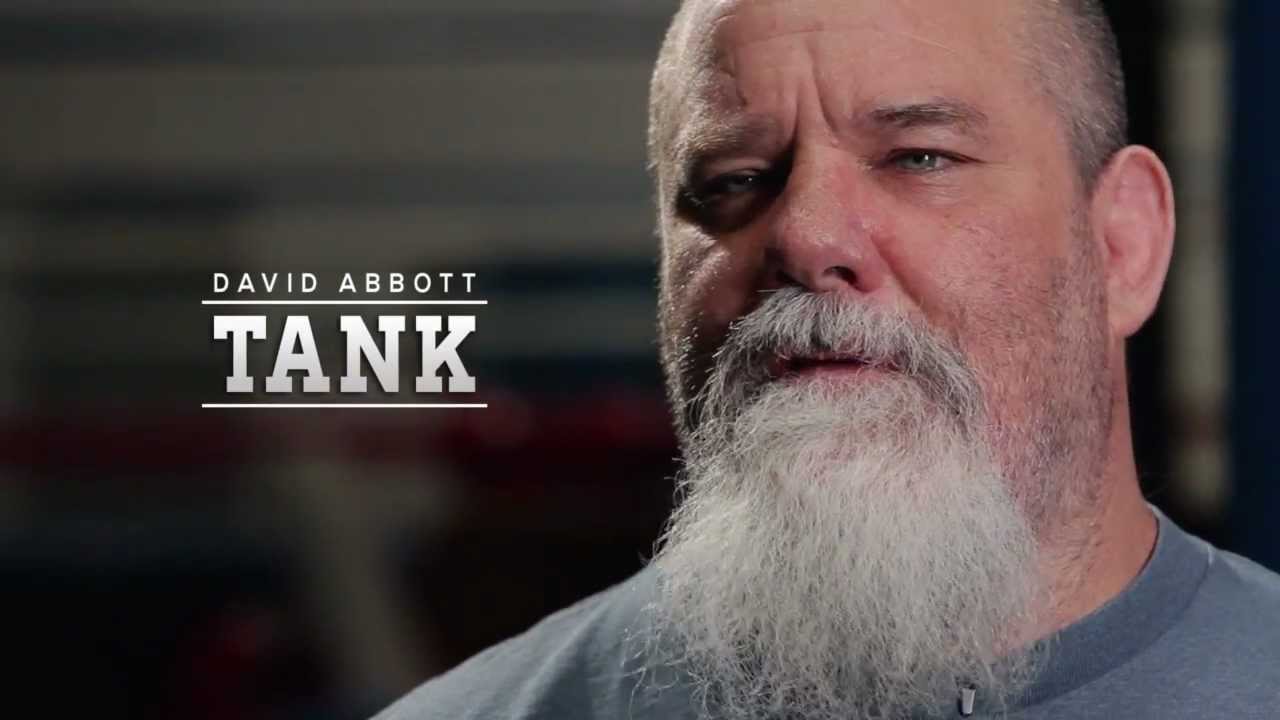

#Golf wrx me and my golf youtube series#
SPECSĬallaway offers the X Utility Prototype in 18, 21, and 24 (all RH only) with both graphite and steel shafts, the Graphite Designs G Series 95 and Project X PXi. For me, the X Utility offers the best combination of all the things I would look for in a long-iron replacement: more forgiveness and higher trajectory than a long iron, but more shot control than a hybrid. While the looks may be debatable, the performance is not: the X Utility is easy to hit, launches high, and offers the golfer plenty of control over the shot. What’s different here is that the metal isn’t really part of the sole: it’s raised up a bit so that the club has the turf interaction of a blade with the easy launch of an SGI iron. One of the big surprises about the X Utility is the look at address: there’s a ton of metal visible behind the top line, similar to a Ping G-series iron. Roger Cleveland, the club’s designer, said that he was motivated to create a club that was “shallower, had a deeper CG, and that created a higher launch angle which is difficult to achieve in longer irons.” The most noticeable thing that sets the X Utility Prototype apart from its peers is the sole: Roger Cleveland said it was “inspired by Phil Mickelson” in terms of the heel and toe relief that allow it to go through the grass more easily. They were not only thinking about Callaway for the first time in years, but they were also questioning their long irons and bulky hybrids. From the instant the pictures hit the internet, golfers were drooling over it. This is the club that simultaneously launched the driving iron trend and the “new” Callaway. So instead of taking them at their word, I took 5 of the hottest driving irons to the range with my Flightscope to let you know which one, if any, should be in your arsenal this season. Now, if I believed everything the OEMs told me…well, I’d be writing for a different website. One of the major talking points from the OEMs is that these new clubs can work for a wide variety of players. But everything I read on the internet says that they’re for better players…right? Not so fast. So these clubs are sexy and they perform well in all situations. Should You Care? Should You Bag One…or Two? That probably means we need to stop calling them driving irons, but until a better name is coined, driving irons it is. These new clubs are designed to perform everywhere: the tee box, the fairway, and the rough. Your bag will look better with me in it.” The forums were abuzz with demand, so, not wanting to be left behind, other OEMs quickly shifted into gear to release driving irons of their own.īut the rebirth of the driving iron is not just about looks, it’s about performance.


The minute the pictures of this club hit the internet, golfers were drooling. With apologies to Mizuno, the driving iron was reborn this year by Callaway and Roger Cleveland in the shape of the X Utility Prototype.

As the hybrid grew in popularity, the driving iron was left behind to die a quiet death. Thus was born the hybrid: still good off the tee and with added playability from a variety of lies. While it was great off the tee, the original driving irons lacked the versatility to be played from the fairway or the rough. The driving iron was ultimately a victim of evolution. So where did this club go? A Victim of Progress If you wanted that club, you would have had to pry it from his cold, dead hands, and the same was true of many other golfers at the time. From that day forth, regardless of the ribbing he took, he brought it to every tee and banged out shots that went roughly 200 yards and straight nearly every time. An admittedly mediocre golfer, he struggled terribly with his tee shots until he got a driving iron. My primary connection to the original driving irons is my dad’s cousin. Today, I’m going to tell you where the driving iron went, why it came back, whether or not it’s here to stay, and which one might be best for you. This year, however, you can find new models from Titleist, Callaway, Adams, and Mizuno with more rumored to be on the way. Though a decade ago these irons-on-steroids were commonplace, they have been nearly absent from the marketplace for many years. The most significant equipment trend of 2013 is the re-emergence of the driving iron.


 0 kommentar(er)
0 kommentar(er)
